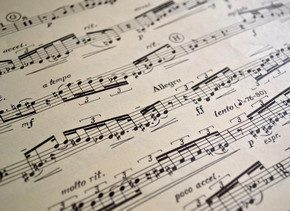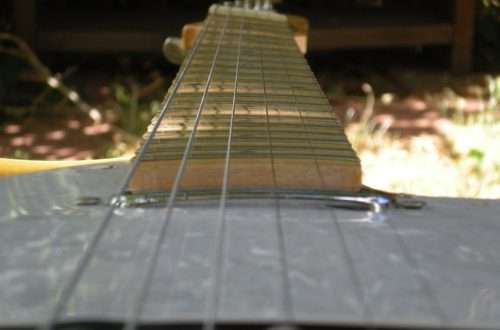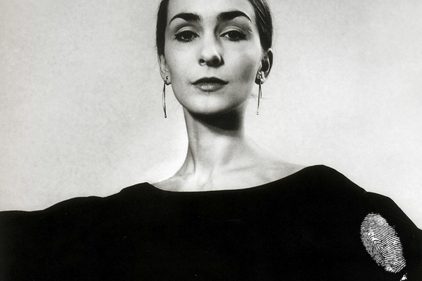
Foreign music of the early 20th century
 The desire of composers to make the most of all the possibilities of the chromatic scale allows us to highlight a separate period in the history of academic foreign music, which summarized the achievements of previous centuries and prepared the human consciousness for the perception of music outside the 12-tone system.
The desire of composers to make the most of all the possibilities of the chromatic scale allows us to highlight a separate period in the history of academic foreign music, which summarized the achievements of previous centuries and prepared the human consciousness for the perception of music outside the 12-tone system.
The beginning of the 20th century gave the musical world 4 main movements under the name modern: impressionism, expressionism, neoclassicism and neofolklorism – all of them not only pursue different goals, but also interact with each other within the same musical era.
Impressionism
After carefully done work to individualize a person and express his inner world, music moved on to his impressions, i.e. to HOW a person perceives the surrounding and internal world. The struggle between actual reality and dreams has given way to the contemplation of one and the other. However, this transition occurred through the movement of the same name in French fine art.
Thanks to the paintings of Claude Monet, Puvis de Chavannes, Henri de Toulouse-Lautrec and Paul Cézanne, the music drew attention to the fact that the city, blurred in the eyes due to the autumn rain, is also an artistic image that can be conveyed by sounds.
Musical impressionism first appeared at the end of the 19th century, when Erik Satie published his opuses (“Sylvia”, “Angels”, “Three Sarabands”). He, his friend Claude Debussy and their follower Maurice Ravel all drew inspiration and means of expression from visual impressionism.
Expressionism
Expressionism, unlike impressionism, conveys not an internal impression, but an external manifestation of experience. It originated in the first decades of the 20th century in Germany and Austria. Expressionism became a reaction to the First World War, returning composers to the theme of confrontation between man and reality, which was present in L. Beethoven and the romantics. Now this confrontation has the opportunity to express itself with all 12 notes of European music.
The most prominent representative of expressionism and foreign music of the early 20th century is Arnold Schoenberg. He founded the New Viennese School and became the author of dodecaphony and serial technique.
The main goal of the New Vienna School is to replace the “outdated” tonal system of music with new atonal techniques associated with the concepts of dodecaphony, seriality, seriality and pointillism.
In addition to Schoenberg, the school included Anton Webern, Alban Berg, Rene Leibowitz, Victor Ullmann, Theodor Adorno, Heinrich Jalowiec, Hans Eisler and other composers.
Neoclassicism
Foreign music of the early 20th century gave rise simultaneously to many techniques and various means of expression, which immediately began to interact with each other and the musical achievements of past centuries, which makes it difficult to chronologically assess the musical trends of this time.
Neoclassicism was able to harmoniously absorb both the new possibilities of 12-tone music and the forms and principles of the early classics. When the equal temperament system fully showed its possibilities and limits, neoclassicism synthesized itself from the best achievements of academic music at that time.
The largest representative of neoclassicism in Germany is Paul Hindemith.
In France, a community called the “Six” was formed, whose composers in their work were guided by Erik Satie (the founder of impressionism) and Jean Cocteau. The association included Louis Durey, Arthur Honegger, Darius Milhaud, Francis Poulenc, Germaine Taillefer and Georges Auric. Everyone turned to French classicism, directing it towards the modern life of a big city, using synthetic arts.
Neofollorism
The fusion of folklore with modernity led to the emergence of neofolklorism. Its prominent representative was the Hungarian innovative composer Bela Bartok. He spoke about “racial purity” in the music of every nation, ideas about which he expressed in a book of the same name.
Here are the main features and results of artistic reforms that abound in foreign music of the early 20th century. There are other classifications of this period, one of which groups all works written outside of tonality during this time into the first wave of the avant-garde.



